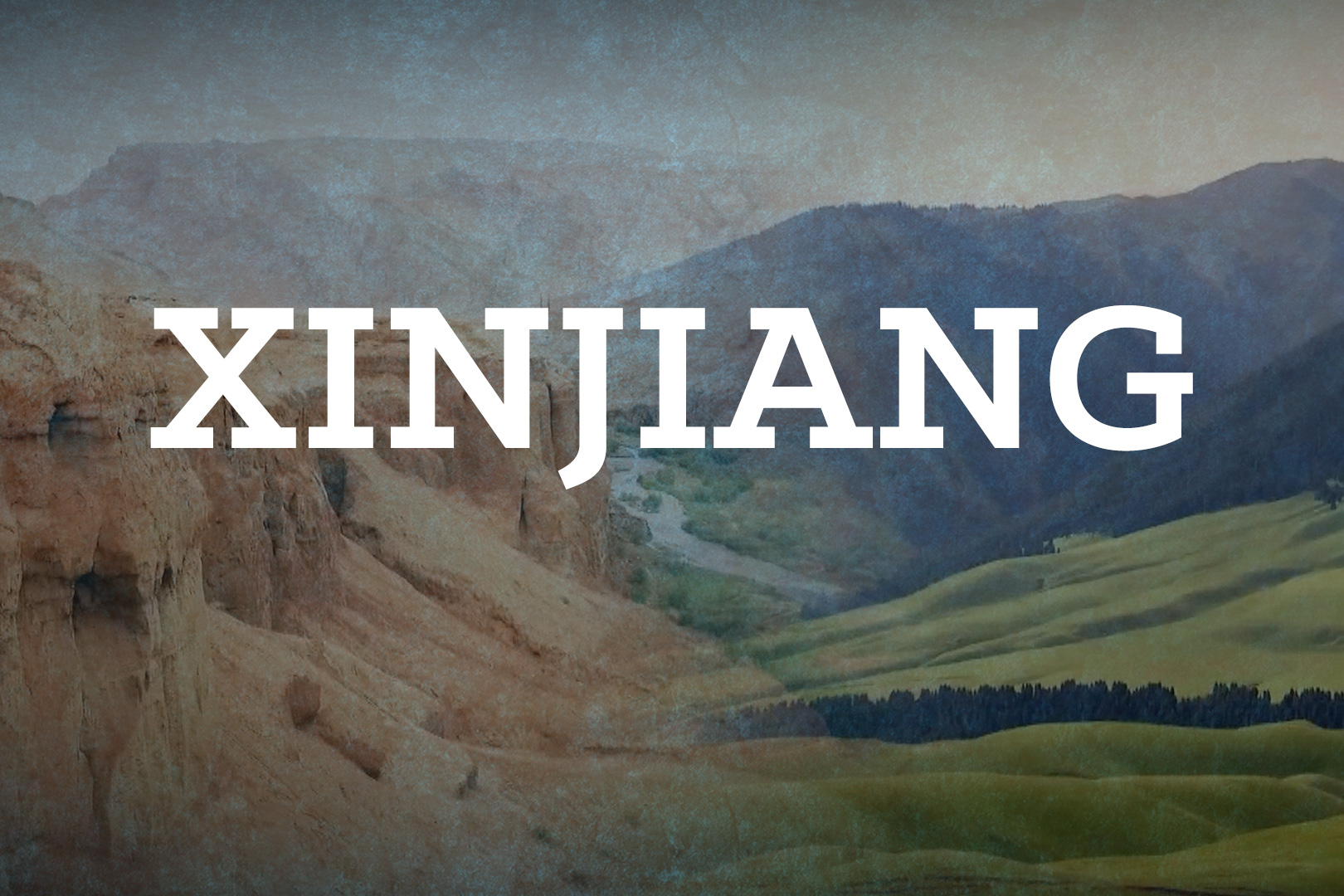From the series XINJIANG: Exploring China’s new frontier
Volunteers from wildlife conservation groups have spotted and identified 22 snow leopards in the suburbs of Urumqi, capital of northwest China’s Xinjiang Uyghur Autonomous Region. The images were captured after they set up 100 camera traps in a 100-square kilometer range, in the Nanshan Mountains. For the past two years, they’ve collected footage and pieced together first-hand material of the animal’s life. It’s been reported some 2,000 to 2,500 wild snow leopards live in China, a third of the world’s total.
As a part of our series Xinjiang: Exploring China’s New Frontier, our reporter Han Bin follows the volunteers on a mission in late July, to identify these wild cats. They tell him greater public awareness is needed to save this rare species.

Founder of Wild Xinjiang, Xing Rui
After years of traveling across its high mountains and wide rivers, I started to love this region from the bottom of my heart. All living creatures are equal. No matter whether it’s grass, a butterfly, an ibex, or a snow leopard, they make up one big family on a rich food chain. We don’t want any species to disappear. Protecting snow leopards isn’t just about protecting one particular species. Xing Rui found a die goat and talk with his colleagues. We need to find the shepherd to better understand how it died. This is the body of an ibex; it was eaten by vultures. We’ve seen a lot of ibexes being attacked by snow leopards. Some died of infectious diseases. Attacks on livestock may occur, as snow leopards are short of food.
Snow leopards are ambush-type animals. They aren’t like lions, chasing prey on the plains, nor are they like tigers, hiding in the bushes. They like to hide in low vegetation mountains, with steep rocks and complex terrain as camouflage, to get close to their prey. Large animals survive on a chain of lower-level animals. Their numbers directly reflect an area’s flora and fauna capacity. We’ve set up 100 cameras, capturing the images of over 20 snow leopards.
The snow leopards are a representation of the quality of the living environment. We need to be aware that an animal’s habitat is also a human’s living space.
We need to advance our concept of conservation. We should protect when conditions are good. Why should we only rescue those on the verge of extinction?
Founder of Wild Xinjiang Xing Rui
We need to fully understand the value of snow leopards, and find out the real threats they are facing. Extinction often occurs unnoticed.
There’s a wet depression on the ground; it looks like a foot print. This camera was set up in a previous month. We hoped to record snow leopards that are likely to pass by. We are so lucky to have recorded a snow leopard again a month after its previous appearance.
I can even recognize which one it is. It’s late summer, but snow leopards are still strengthening their territories. The camera has fully recorded the message:
This leopard nicknamed “Heizi” showed up at midnight on July 23, and left a mark.
Snow leopards are found in 3 mountains in Xinjiang. People may not be fully aware of their significance. We’ve found that glacier on the mountain is melting. The speed has frightened herdsmen. Protecting our homeland shouldn’t be just a slogan. Nature is our homeland. Homeland is not just the dozen square meters of your own apartment.
Xinjiang’s rapid economic development over the years has brought about environmental problems. If more people care about environmental protection, the future of our homeland will get better. I think what we are doing is meaningful. Maybe I can’t change too much. But I’m willing to do what I can in my lifetime. It’s worthwhile. I’m staying in Xinjiang because I like it. I’ll stick to what I’m doing because I love it.
 CGTN America
CGTN America

